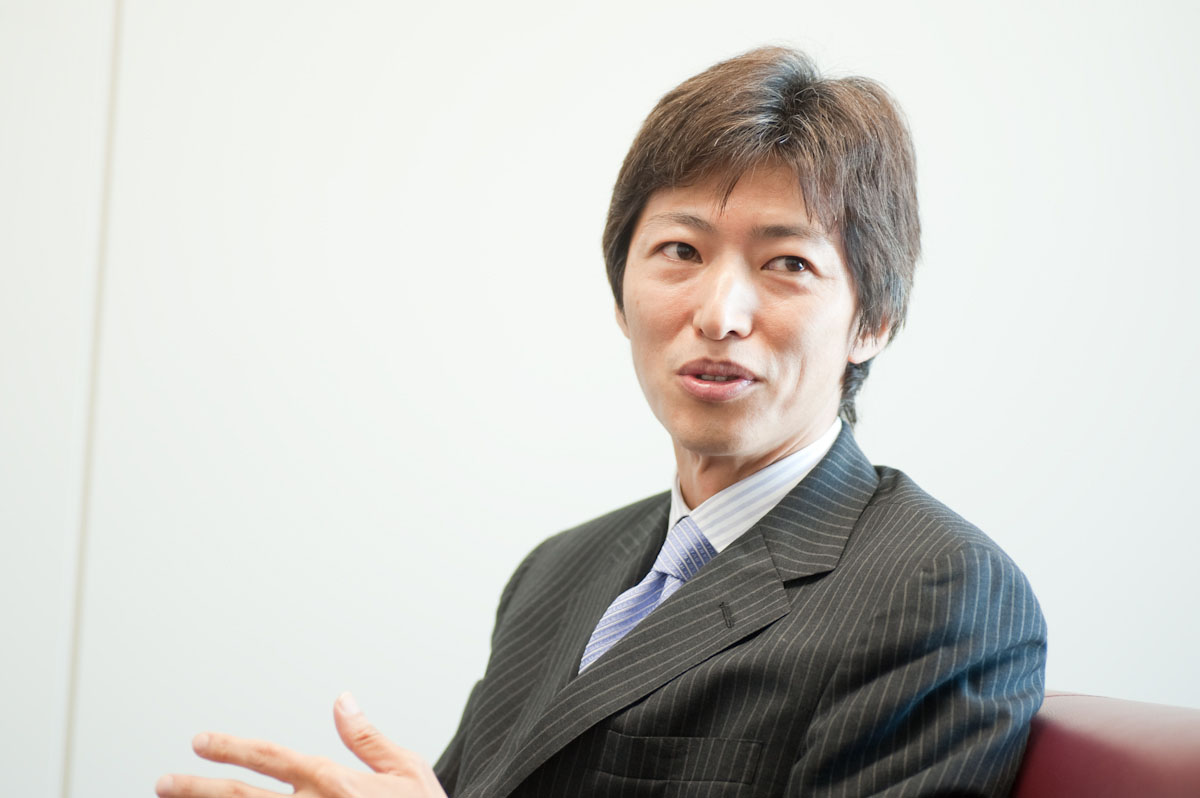In a tiny, windowless meeting room high above the streets of Tokyo, Haruhiro Nakano starts to cry. The rail-thin, 54-year-old fund manager, who looks like a faded former J-pop star, has just shared his investing pitch, which sounds so deceptively simple you may not appreciate just how radical it is: Japanese workers, Nakano says, should invest for retirement using the capital markets rather than letting more than $8.6 trillion fester in bank accounts.
In Western financial capitals, what Nakano preaches would make him the equivalent of an ice cream man who sells only vanilla. Invest in a wide range of stocks and other assets, he maintains, hold them for the long haul, and buy more during market dips. But this is Japan, home of an asset-price bubble that erased trillions of dollars in wealth when it burst in the early 1990s, creating a generation of people who believe stocks will only go down. This is the country where two "lost" decades of deflation made it sensible to keep savings in cash, where buy-and-hold investing has few proponents.
Not even the world's most intractable demographic predicament has stopped Japanese from sliding slowly toward financial hardship, frozen into inaction by their own cautiousness. The population will shrink by more than 27 million, or about a fifth of its current level, by 2053. By that time, almost 40 percent of those who remain will be 65 or older. And yet, while U.S. households have 47 percent of their assets in stocks or mutual funds, their Japanese counterparts have only 15 percent.



